How To Stop Leg and Foot Pain From Standing All Day
Many people that spend a long time on their feet because of their lifestyles and jobs often get swollen feet, experience foot or leg pain, or simply find their feet or legs to be uncomfortable at the end of the day. That is absolutely normal. Between the pull of gravity on your blood and the pressure our bodies put on our joints and feet, it is no wonder that you feel tired and aching. Luckily, there are ways to relieve foot pain from standing all day and strategies to limit your discomfort.
Read on to find out how to relieve leg pain from standing all day, prevent leg and foot soreness, and feel more energized. We have gathered 10 actionable tips to make your lower limbs happier than they’ve ever been.
What Causes Leg and Foot Pain When Standing?
From nurses to teachers to hairdressers, lots of jobs require people to stand for long periods of time. Not only does this put pressure on the heels, soles of the feet, and ankle joints, it might also create problems with your blood circulation.
When we spend a long time standing, our whole body’s weight puts pressure on the feet. Moreover, walking for long stretches of time can cause micro traumas in the feet and legs, which occur due to repeatedly landing on hard surfaces. Over time, these micro traumas can take a toll on the muscles and joints. Because of this, you might begin to experience aches and pains, especially in the feet and lower legs.
Also, while you are standing or walking for most of your day, blood can have a tough time traveling through the body because of gravity. One scientific report found that blood can pool in the legs and feet throughout the day. When blood begins to pool around the legs and ankles, you can experience foot and leg pain due to swelling. There is also a risk of blood clots or other circulatory health problems.
Prolonged standing can also damage the lower back and legs, cause fatigue and discomfort, and there are even pregnancy related health problems, as per this paper from the medical journal Rehabilitation Nursing. This is why there are guidelines about how long you should stand for, and many employers will have rules about taking breaks. It’s also important to invest in appropriate footwear, consider recovery and relaxation options, and see how you can be proactive to prevent pain and discomfort.
10 Tips to Relieve Leg and Foot Pain from Standing All Day
Whether you walk or stand for hours at a time, here is how to relieve leg, foot pain, and manage your lower limbs so you experience less discomfort daily.
1. Invest in Supportive Shoes and Orthotics
Leg and foot comfort starts with your choice of shoes and socks. The more time you spend on your feet, the more you should invest in the cushioning and comfort levels of your shoes. Many nurses and teachers wear supportive walking or running shoes, which provide good foot lockdown and some ankle support. For people with bigger issues, such as flat footed people needing arch support, custom orthotics can also be beneficial for foot pain.
Invest in the shoes that feel comfortable when you first try them on but walk with them for a few hours at home to see if they continue to feel good throughout your day. As your feet swell, or if you change your socks, your comfort levels in the shoes you are trying can vary significantly. By wearing your shoes around the house for a short while, you are not damaging them, so you can return them to the store if you need to.
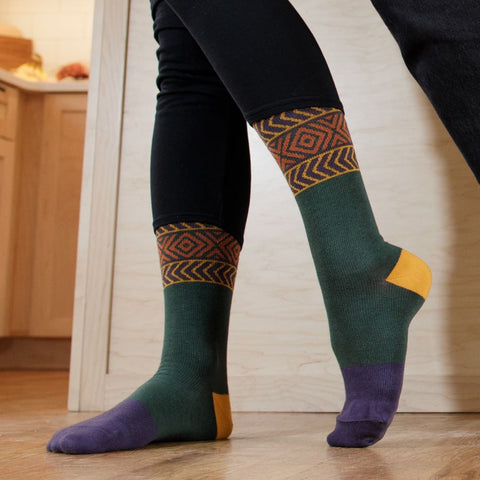
2. Use an Anti-Fatigue Mat
Anti-fatigue mats are a great solution for foot pain in people who stand in one place for prolonged periods of time. They are a great choice for workers who spend time behind the counter. Anti-fatigue mats are useful to reduce the shock of a hard surface like cement floors. Moreover, if you have hard flooring in your home or office and like to use a standing desk, an anti-fatigue mat can increase your comfort and keep your feet and ankles from getting sore.
The Canadian Centre for Occupational Health and Safety warns, however, that addressing the hardness of the floor is just one element of many factors that cause leg and foot pain when standing at work. Since most people will be walking around during the day, and not spending time in just one place, anti-fatigue mats are a “nice to have” that could provide a small, but important, impact on your wellbeing.
3. Try Compression Therapy
Compression therapy works wonders for foot or leg pain by boosting blood flow and reducing swelling and inflammation in the lower legs, especially if you stand all day. You can use compression socks preventatively before your long days on your feet, during the workday, or as a recovery tool afterwards. This is because graduated compression socks improve peripheral circulation (thereby reducing the risk of your feet and ankles swelling) and also help the muscles and joints recover from exercise and minimize the impact of repeatedly landing on hard surfaces.
When you wear compression socks, your blood vessels are supported and protected from the impact of gravity on blood flow. This helps keep your circulatory system healthy and reduces the risk of developing blood clots, varicose veins, and other conditions that many standing workers suffer from. Moreover, graduated compression socks (which are tighter at the ankle) also provide an added level of support for the joints and feet (including the arches). They also support the calf muscles and the shins, reducing impact and massaging them for more comfort and energy.
Finally, compression stockings and socks can be worn after a long day on your feet, while you relax and recover. Research shows that using compression for recovery soothes sore muscles through the boost in blood flow they provide. They also gently massage the muscles, which can help make you more comfortable.

4. Take Regular Breaks
Taking a break from standing will help relieve pain and discomfort, especially in the feet. Speak to your employer about your symptoms and work out a regular schedule where you can sit and stretch. Sitting will take pressure off your heels and the balls of your feet, especially if you wear high heels. If possible, lift your feet and legs up on a stool or elevate them above your head to improve blood circulation to your feet and legs. In fact, scientific studies have suggested that better circulation to the feet can reduce foot pain. So do your best to improve circulation when you can!
Alternatively, an active break, where you just walk around a little, is also an effective way to manage pain from standing and not moving. In most jobs, you often have some walking, but if you’re stuck in one place for too long, find a moment to walk and stretch your legs, rotate your ankles, and flex your knees a little. Your joints and feet will thank you.
5. Practice Stretching and Strengthening Exercises
Stretching is an easy at-home remedy for leg pain caused by standing all day. Helpful stretching doesn’t just involve static stretches. Dynamic stretches can help bring blood back into the lower legs and improve the mobility of your feet and ankles.
Try to do some simple leg muscle stretches regularly, try to do this every evening as a wind-down activity or every morning after breakfast. Stretch your calf muscles, quadriceps, glutes, and hamstrings. Then, move on to mobility exercises and play with rolling a massage or tennis ball on the ball of your foot. Wiggle your toes and use your knuckles to massage the ball of your foot and your heel. Finally, rotate your ankles in both directions to mobilize and relax the joints. These actions can help the small muscles of your feet relax and release tension, which can give you relief from foot pain.
You can also strengthen your feet for all-day standing by performing a “short foot” exercise:
- Place your bare feet on the ground
- Focus on one foot at a time - try to “shorten” your foot by bringing your toes inwards without bending them (the movement comes from the midfoot)
- Do not flex your foot towards your face while doing this; it’s ok if this movement is very small at first, without much movement in the arch
- Repeat 10-12 times on each side
An alternative to this is towel scrunching, where you place a towel under your feet and then move it by scrunching your toes together, trying to pass the towel backwards. This option works on your toe strength, whereas the “short foot” exercise improves the strength of your arches.
6. Incorporate Self-Massage
Releasing pain and tension in your muscles, Achilles tendon, feet, and ankles doesn’t necessarily require visiting a professional massage therapist. You can use a few self-massage techniques at home, which helps relieve leg pain at night and after strenuous exercise, according to this medical report.
Massaging the muscles can also stimulate blood flow, which speeds up recovery, reduces swelling, and improves the symptoms of circulatory conditions like varicose veins. You can use our simple guide to self-massage techniques to get started.

7. Apply Ice and Heat Therapy
Hot and cold therapy have their benefits for relieving sore feet and legs. With hot water from a bath or a sauna treatment, you can relax the muscles and joints, while helping blood vessels expand and letting blood flow more freely. With a cold plunge or by applying an ice compress, you can reduce the pain in a particular sore area, especially after an injury. Some people prefer to use both in alternation (for example, hot saunas followed by ice baths in a spa). You can experiment to see what is most effective for you.
Bonus tip: Add Epsom salts to a hot bath to help further relax the muscles and boost blood flow. This improves your recovery from standing all day and invigorates your legs and feet.
8. Maintain a Healthy Weight
Keeping a healthy weight and staying fit overall will help you avoid health conditions and feel livelier and more energetic. It’s also beneficial for the comfort of your feet and joints. When you reduce your weight to healthy levels, you put less pressure on your feet. This can limit the amount of foot pain you experience when you stand all day. Moreover, keeping a healthy weight is good for your cardiovascular system, reducing the risk of swelling, edema, and blood clots.
Finally, if you eat a healthy and varied diet and ensure you are well hydrated, this also helps avoid swelling from water retention.
9. Elevate Your Feet When Sitting
When you take breaks for standing, it’s a good idea to elevate your feet, preferably above the height of your heart. This can improve blood circulation to and from your legs while also helping decrease the swelling in your feet and lower legs. At night, you can even leave your feet on a pillow to keep them elevated while you sleep.
10. Talk to Your Podiatrist
Sometimes, foot discomfort could be caused by certain injuries (like plantar fasciitis) or underlying health conditions like flat feet. It is useful to discuss these with a podiatrist, who can also assess your gait and check your shoes. They can help recommend orthotics to increase your comfort levels. They can also recommend physical therapy for your joints and muscles, if needed.
How Do I Stop My Feet from Hurting at Work?
The most common reasons for getting sore feet at work include problems with blood and fluid circulation (leading to swelling, soreness, numbness, etc.) as well as muscle and joint soreness from the effort you’re putting your feet through.
Once you have identified the root cause of your pain, you can reduce your foot pain by wearing compression socks to boost blood flow and add support Choosing comfortable shoes meant for walking, using orthotics, and stretching and strengthening your feet are also great for reducing foot pain. You can also alleviate foot pain after a long day at work, by soaking your feet in warm water with Epsom salts, applying a cold compress or an ice pack, doing some self-massage, elevating your feet, or relaxing with your feet elevated (bonus points for wearing compression socks while elevating the legs, which both improves circulation and massages and soothes your muscles).
How Can I Tell If My Shoes Are Causing My Foot Pain?
Shoes that are too tight, have an uncomfortable design (like high heels), or are too warm can all cause foot pain if you stand or walk all day. A first step in understanding if your shoes are the cause of your discomfort is to assess how they make you feel throughout the day. Ask yourself the following questions:
- Do your shoes grip the feet or toes too tightly?
- How comfortable are the soles of your feet while wearing your shoes?
- Do the shoes put too much pressure on the top of the foot?
If you’ve answered “yes” to any of these questions, it’s time to change work shoes.
Your shoes could also cause your feet to swell and become uncomfortable if they’re not breathable enough. Even on a cold day, standing and walking around a lot can make your feet feel too hot if air does not circulate well through the shoes and socks. A good solution to this is to test your shoes with your choice of socks, to ensure they feel good together. We also recommend choosing breathable fabrics like merino wool for your socks, and looking for running shoes which are usually designed to withstand warmer temperatures and will let the feet breathe better.
Finally, your shoes could be damaging your feet if their soles are too stiff or if you wear rigid designs, such as high heels with pointy toes. In all these cases, your feet are not relaxing and cannot move naturally throughout the day. In time, this can lead to problems like bunions, metatarsalgia (pain in the ball of the foot), and others.
References
Olufsen, M. S., Ottesen, J. T., Tran, H. T., Ellwein, L. M., Lipsitz, L. A., & Novak, V. (2005). Blood pressure and blood flow variation during postural change from sitting to standing: model development and validation. Journal of applied physiology (Bethesda, Md. : 1985), 99(4), 1523–1537. Read it here.
Waters, T. R., & Dick, R. B. (2015). Evidence of health risks associated with prolonged standing at work and intervention effectiveness. Rehabilitation nursing: the official journal of the Association of Rehabilitation Nurses, 40(3), 148–165. Read it here.
Government of Canada, C. C. for O. H. and S. (2020, April 30). Anti-fatigue Mats: OSH Answers. Read it here.
van Campen, C. L. M. C., Rowe, P. C., & Visser, F. C. (2021). Compression Stockings Improve Cardiac Output and Cerebral Blood Flow during Tilt Testing in Myalgic Encephalomyelitis/Chronic Fatigue Syndrome (ME/CFS) Patients: A Randomized Crossover Trial. Medicina (Kaunas, Lithuania), 58(1), 51. Read it here.
Montoye, A. H. K., Mithen, A. A., Westra, H. L., Besteman, S. S., & Rider, B. C. (2021). The Effect of Compression Socks on Maximal Exercise Performance and Recovery in Insufficiently Active Adults. International journal of exercise science, 14(7), 1036–1051. Read it here.
Kumaran, B., Targett, D., & Watson, T. (2022). The effect of an 8-week treatment program using a novel foot neuromuscular electrical stimulator on physical function, leg pain, leg symptoms, and leg blood flow in community-dwelling older adults: a randomized sham-controlled trial. Trials, 23(1), 873. Read it here.
MacLennan, M., Ramirez-Campillo, R., & Byrne, P. J. (2023). Self-Massage Techniques for the Management of Pain and Mobility With Application to Resistance Training: A Brief Review. Journal of strength and conditioning research, 37(11), 2314–2323. Read it here.








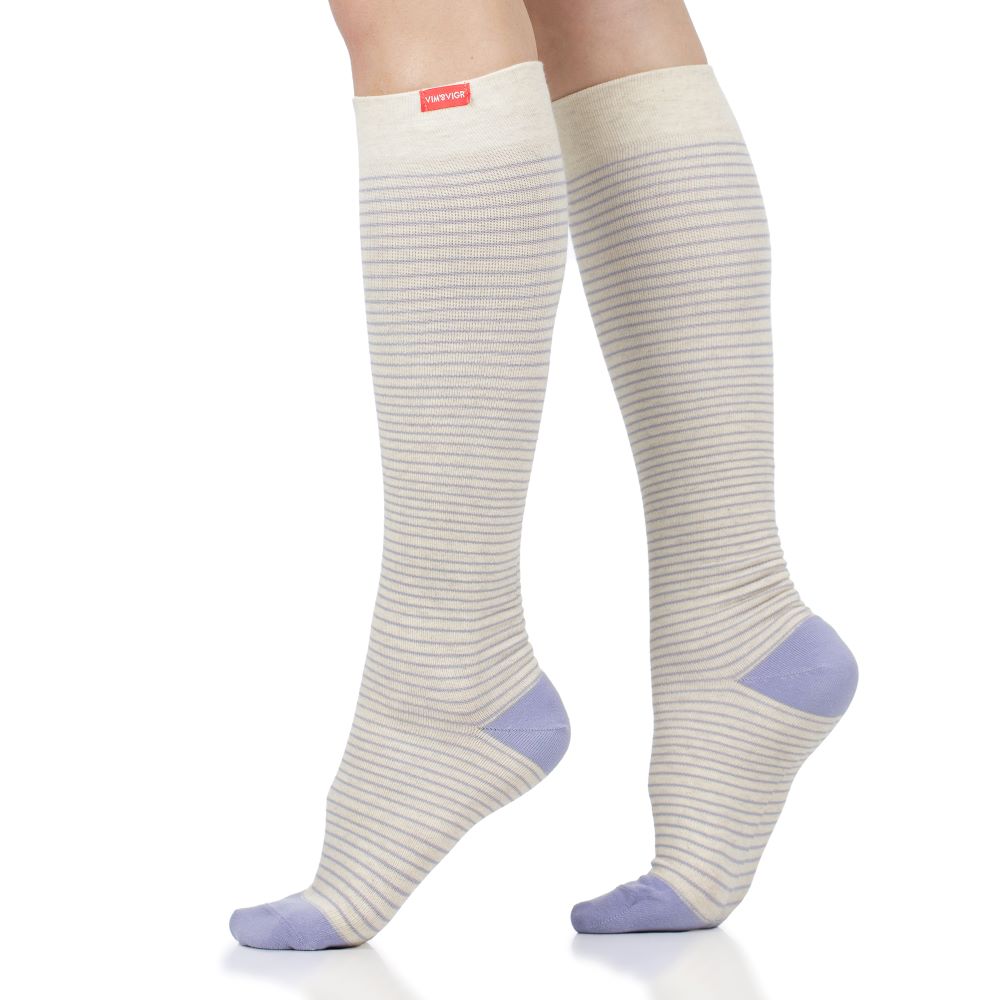
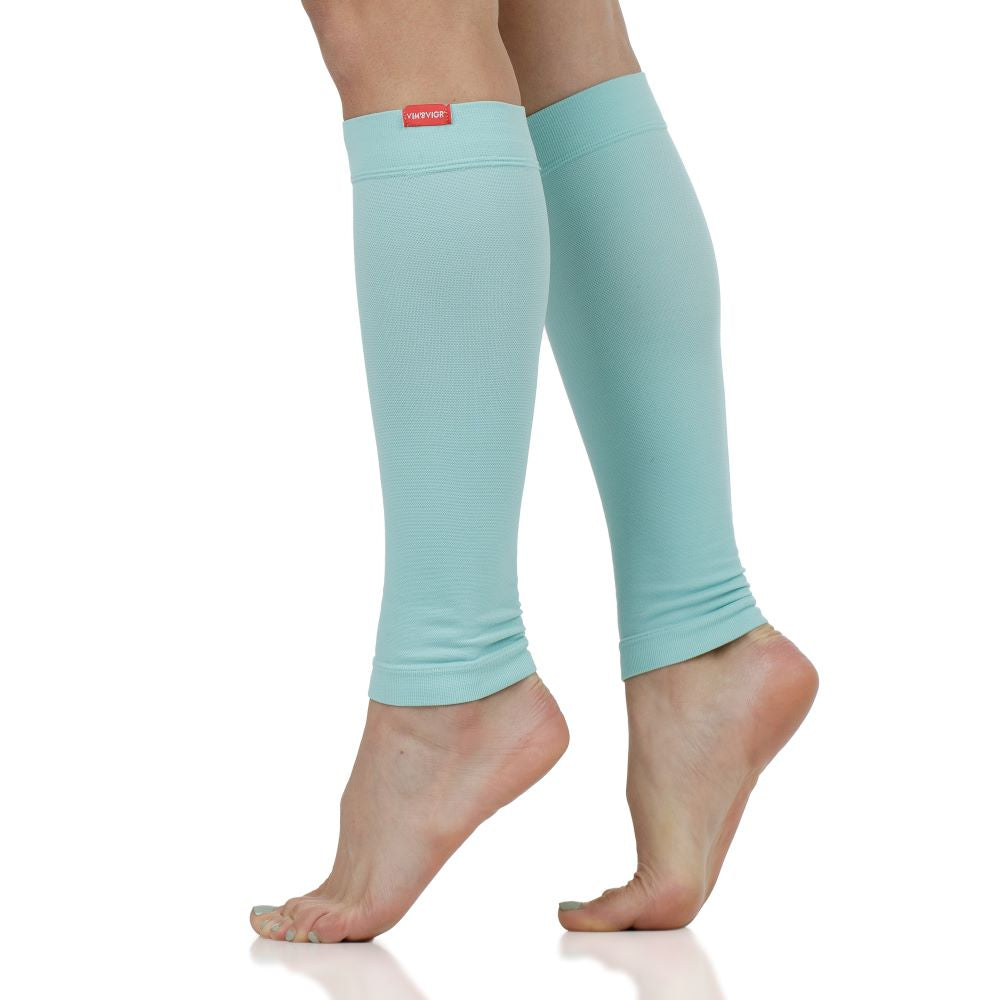
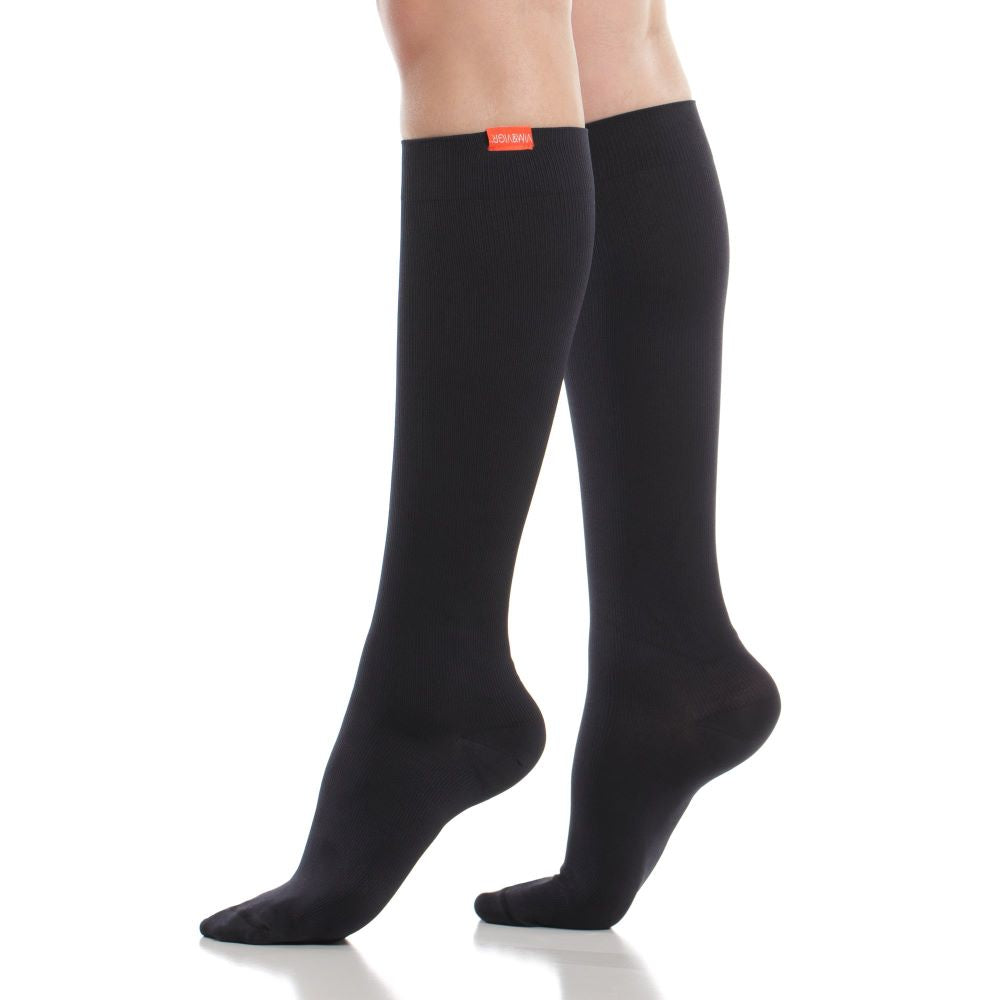
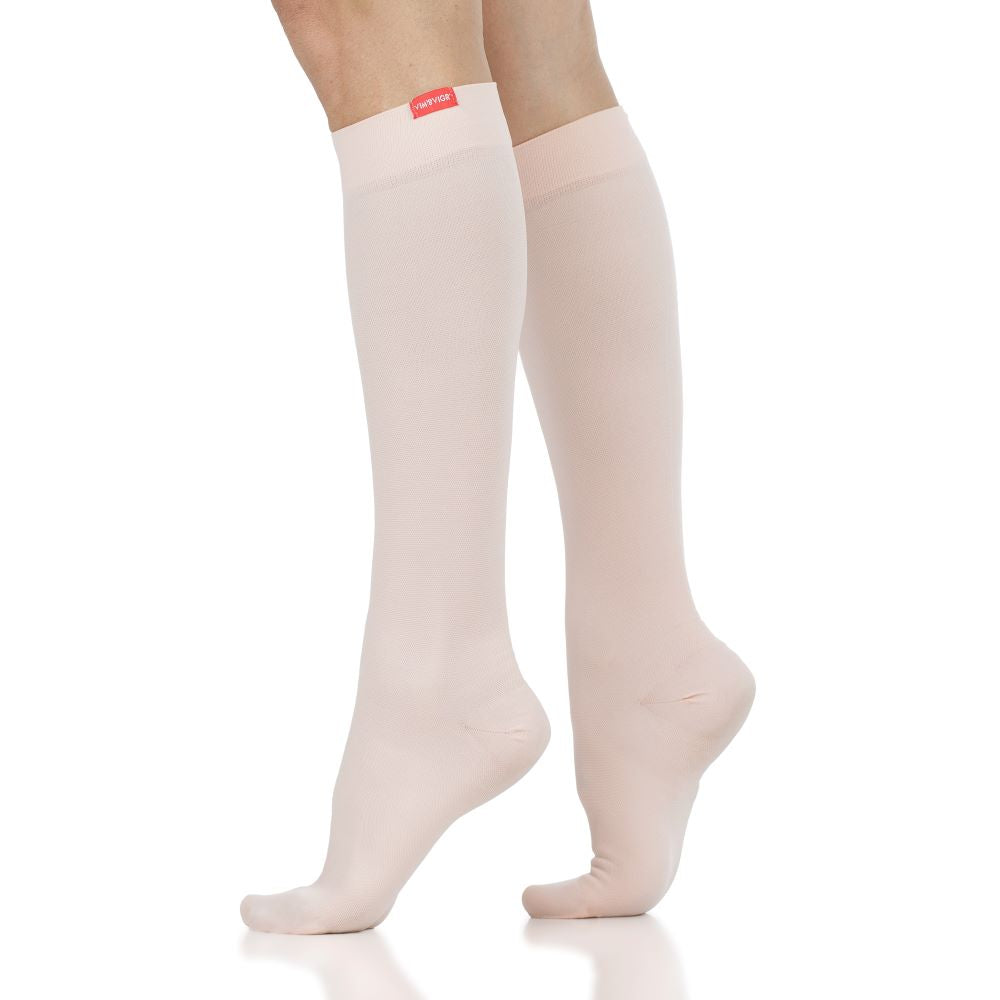






Leave a comment